Román Viñoly Barreto’s El vampiro negro (1953)
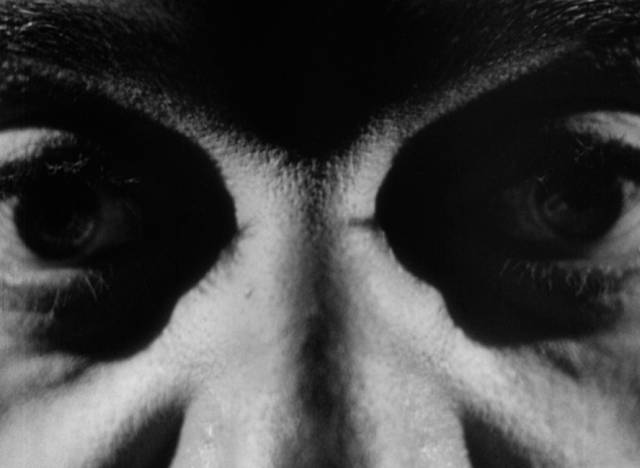
Just over a year ago, I was excited to discover, thanks to Flicker Alley, yet another unknown corner of cinema history – mid-century noir melodramas from Argentina. Now the company, once again collaborating with the Film Noir Foundation, has released an even more interesting title from the same period in a truly spectacular restoration. What makes Román Viñoly Barreto’s El vampiro negro (1953) particularly intriguing is its status as an unofficial remake of Fritz Lang’s M (1931), coming just two years after Joseph Losey’s 1951 American remake. While both Lang’s original and Losey’s version maintain a chilling perspective, observing the child murderer and the response to his crimes with a kind of clinical detachment in order to analyze the social implications of a personal derangement, Barreto’s film blends the killer’s story with elements of Latin melodrama which draw the viewer in on a more emotional level while also repurposing the narrative as a kind of proto-feminist critique of patriarchal culture.
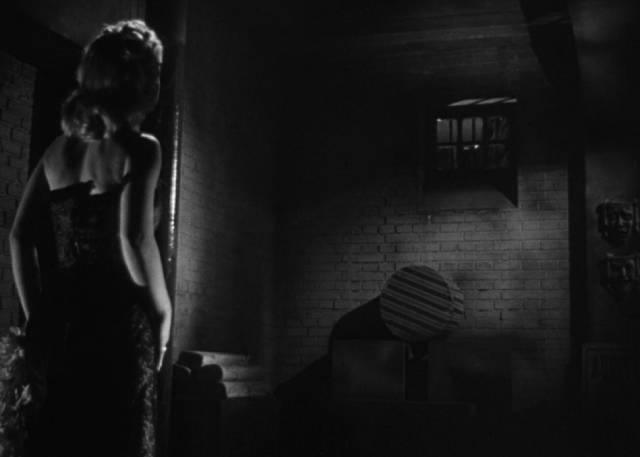
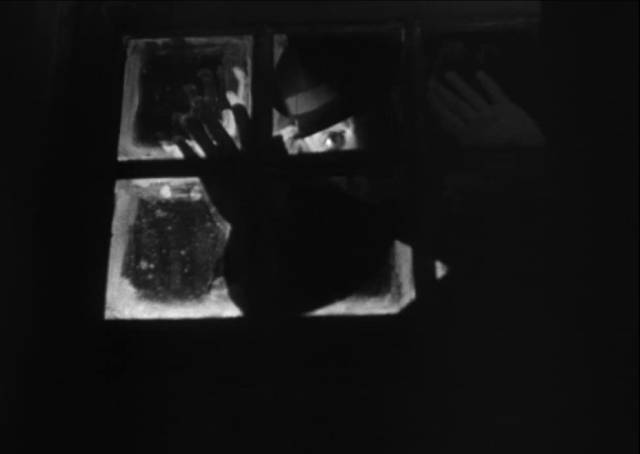
The film draws very specific elements from the original, occasionally echoing particular narrative details and even specific images. There’s a killer in the city preying on young children and the police are seemingly helpless, despite full mobilization; they round up possible suspects, abusing and even beating them, even when unconvinced that they might actually be the murderer. The public are on edge and quick to attack anyone who stands out as not quite normal. And, as in M, the audience is given access to the murderer’s identity quite early.
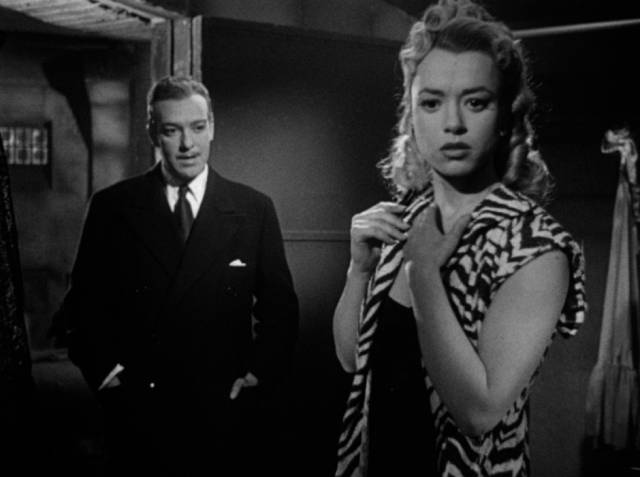
He is Teodoro Ulber (Nathán Pinzón), a socially awkward middle-aged man who gives English lessons to young women in his rented rooms. His nervousness around women elicits a degree of mockery, most notably from his neighbour Cora (Nelly Panizza), a nightclub hostess whom he visits not for sex, but merely to admire. When he gets flustered, she laughs at him and the embarrassment he feels trails him as he searches the streets for unattended young girls. These children, unlike adult women, are sexually unthreatening and he holds their hands and buys them treats before his compulsion finally takes control and he kills them.
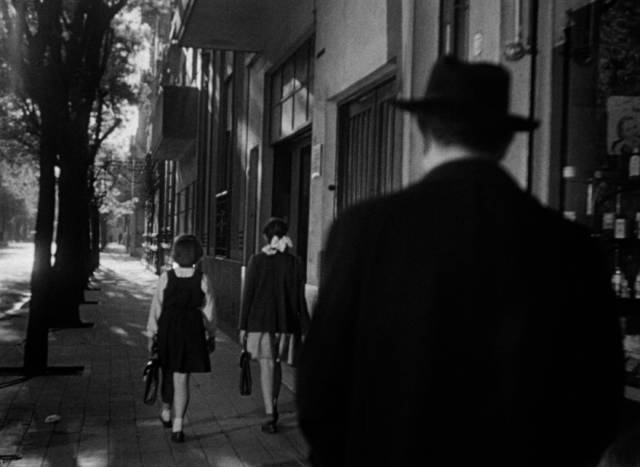
Like Peter Lorre’s Hans Beckert in Lang’s film, to whom Pinzón bears some resemblance, Ulber has a nervous habit of whistling Edvard Grieg’s “In the Hall of the Mountain King” as he goes about his business and this becomes significant in retrospect when a blind beggar from whom Ulber buys a doll for one of his victims later hears the tune again, triggering a pursuit by an irate crowd. Although Barreto’s film lacks Lang’s organized criminal underworld, the killer is ultimately cornered in the sewers by a group of homeless beggars who live underground.
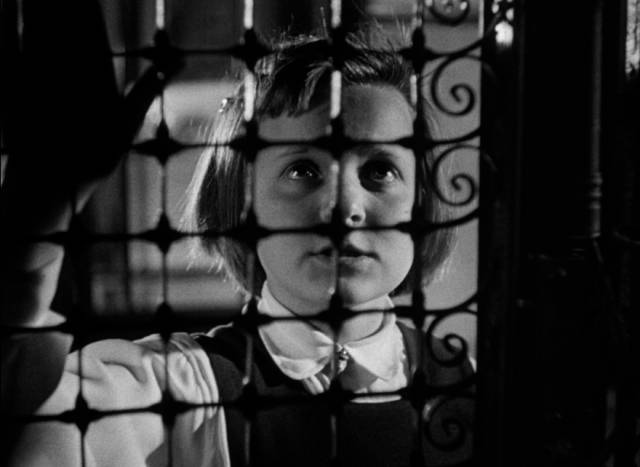
Where El vampiro negro diverges from its inspiration is the major shift in focus from the social forces at work to the personal experience of a female protagonist, plunging the audience into the emotional and psychological turmoil stirred up by Ulber’s crimes. Amalia Keitel aka Rita (Olga Zubarry) is a singer in a sleazy nightclub, struggling to make a living in order to support her young daughter at a private boarding school. Knowing that if her life is exposed her daughter will be expelled, Rita decides to remain silent when she witnesses the killer disposing of his latest victim. But evidence leads prosecutor Dr. Bernard (Roberto Escalada) to the nightclub and her nervous response to his questions makes him suspect that she knows something.
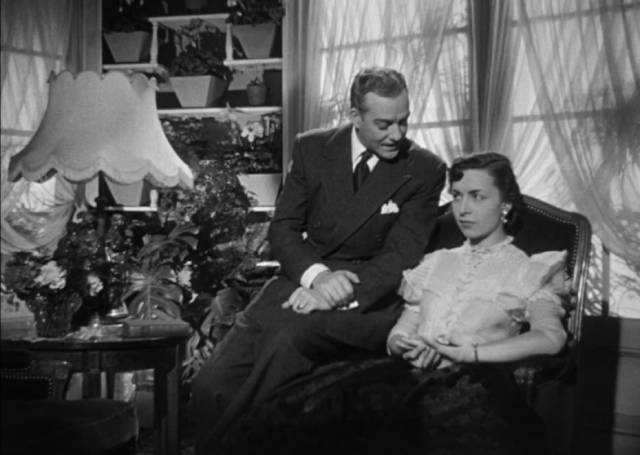
With her position becoming more precarious, Rita is faced with an additional complication because Dr. Bernard assumes her job means she’s sexually available and he’s frustrated by an unsatisfying home life. His wife (Gloria Castilla) is confined to a wheelchair from an accident and is unable to satisfy him sexually, let alone give him children. When Rita rejects his advances, he tells her the authorities may well take her daughter, deeming her an unfit mother. Though not as extreme as Ulber, Dr. Bernard is a predator, though one with power sanctioned by the state. And Rita, regardless of who she really is – a woman struggling to make a life for herself and her child as best she can – is pigeonholed by a society which defines all women in limited ways.
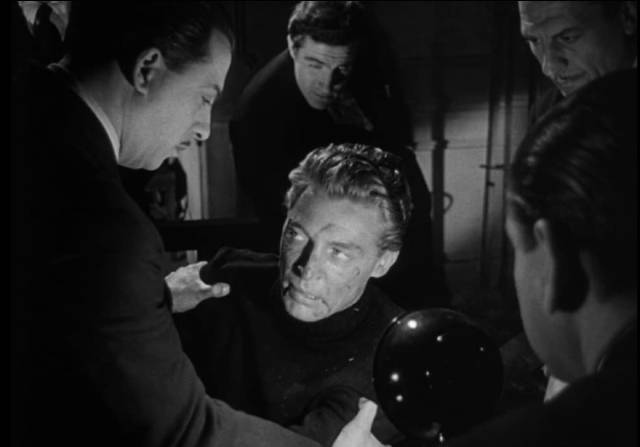
Against those imposed limitations, there are suggestions that women can find some degree of mutual support among themselves. Rita’s friend Cora from the nightclub is available up to a point to help with her daughter, and more significantly Señora Bernard understands and empathizes with Rita’s precarious position. She speaks with Rita when the singer goes to the prosecutor’s home to plead that her daughter not be taken away and the childless wife assures her that her husband wouldn’t be so cruel. Later, when he returns home, she mentions the visit and he immediately becomes defensive, exposing his own creepy behaviour by assuming that Rita had told his wife about their encounter. Señora Bernard calmly tells him that the incident wasn’t even mentioned, Rita’s discretion throwing his guilty conscience into relief.
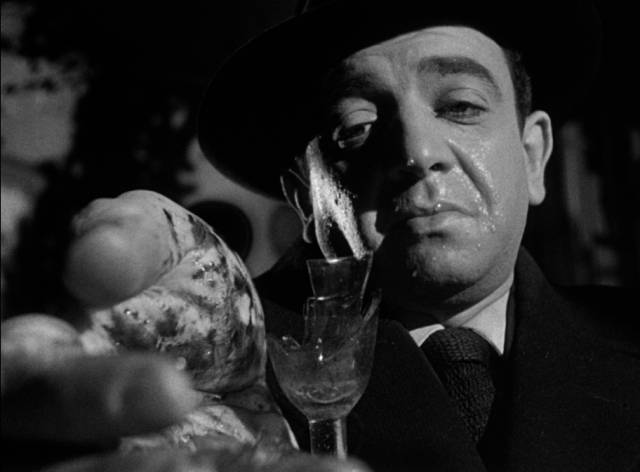
The threads of predatory masculinity and female vulnerability come together when Ulber drops by Cora’s rooms and encounters Rita’s daughter. Cora is busy and insists that the professor take the girl for a walk; he resists, feeling the pull of his compulsion, but she won’t let him off the hook and so he finds himself out in the street with a trusting child. He takes her to a fun fair and, riding a rollercoaster, seems more frightened than her. Back in the street, the blind beggar hears the whistled tune and raises the alarm, but the killer escapes into the subway. Eventually, night falls and he and the child stop to rest in a deserted area; he slips his knife from his pocket and grips the blade tightly, cutting his hand, using the pain to suppress his urge to kill the girl.
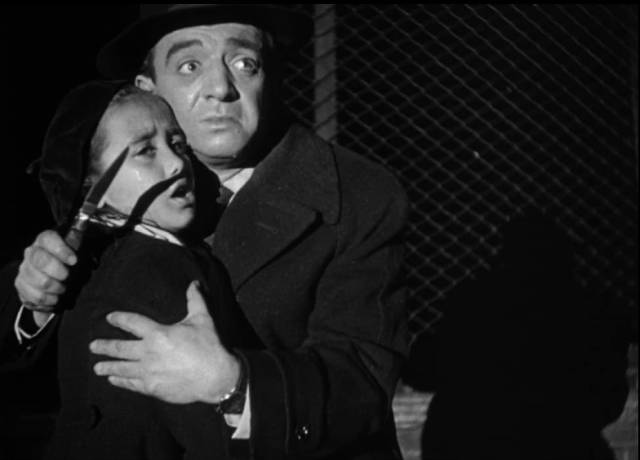
When he returns with her to his rooms, he finds Rita waiting and is enraged by her intrusion; he insists that he’s going to keep the girl, that she’s now his own possession. Realizing that he’s the man she saw disposing of the body, Rita fights to get her daughter away from him, but he beats her and flees with the girl. Now identified, the police close in, but despite their numbers and their guns, they can’t get near him because he’s using the girl as a shield. It’s Rita, pleading for her daughter and offering some understanding and empathy, who manages to convince him to release the child, blocking the police with her own body so that he can slip away into the sewers where the homeless finally corner him.
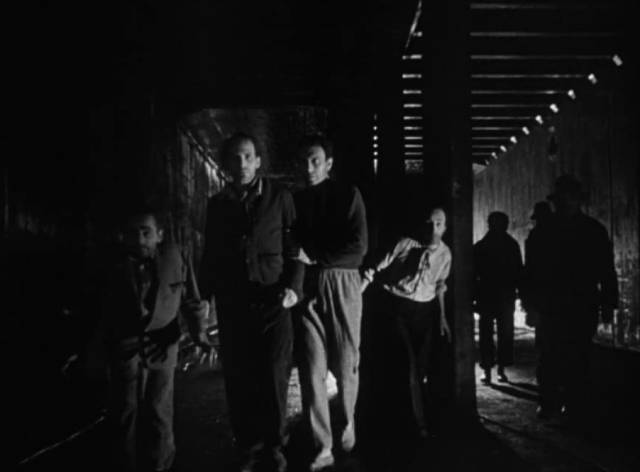
In Lang’s film, the issue is the difference between various forms of institutionalized violence – the police and the underworld, and in the killer’s final pleas, the organized violence of war – and the uncontrollable compulsions of an individual; who is more morally culpable? In El vampiro negro, while traces of that theme remain – particularly in Dr. Bernard’s demands for the death penalty at the trial – the focus is more specifically on predatory masculinity and female vulnerability. This change in perspective makes the final point of M seem even more problematic as Lang ended with an admonition to women to take better care of their children, as if responsibility for the murders lay with lax (female) parenting rather than with the killer or the society which had shaped him in such damaging ways. In Barreto’s film, the links between Ulber’s and Dr. Bernard’s attitudes and behaviour throw responsibility back onto ingrained patriarchal assumptions.
*
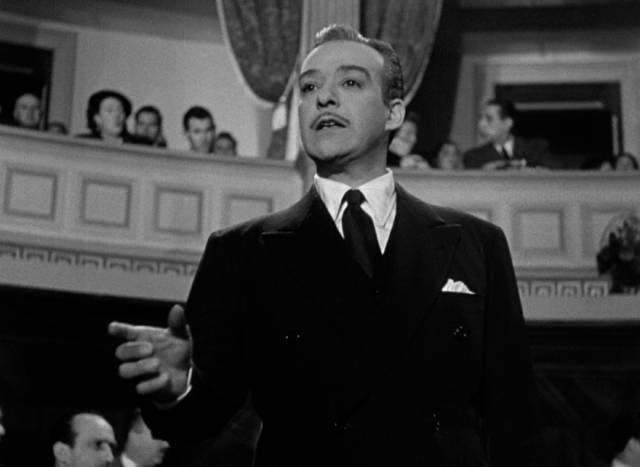
The restoration on Flicker Alley’s Blu-ray is absolutely gorgeous. Cinematographer Aníbal González Paz’s photography is strikingly expressionistic, rich in contrast and deep blacks, evoking the heights of German expressionism and its influence on early ’30s Hollywood Gothic horror. It’s a masterpiece of black-and-white filmmaking, presented in pristine quality, with a flawless blend of studio and location work which transforms Buenos Aires into a psychological as much as physical space. The cast, particularly Zubarry and Pinzón, are excellent. Hopefully there are even more such films yet to be rediscovered.
The dual-format edition includes some excellent extras, beginning with a brief introduction by film noir expert Eddie Muller about the rediscovery and restoration of the film. There’s an interview with the director’s son Daniel Viñoly about his father’s career, this film, and the Argentine industry in general. Argentine archivist and historian Fernando Martin Peña provides a commentary, while additional context, historical and critical, is provided by a 45-minute feature by Steven C. Smith and Alan K. Rode comparing all three versions of M in which a variety of critics and historians provide insight into the thematic differences between Lang’s, Losey’s and Barreto’s films as well as the contexts in which they were made and how they were received. One of the participants, Imogen Sara Smith, also provides a booklet essay.
Comments